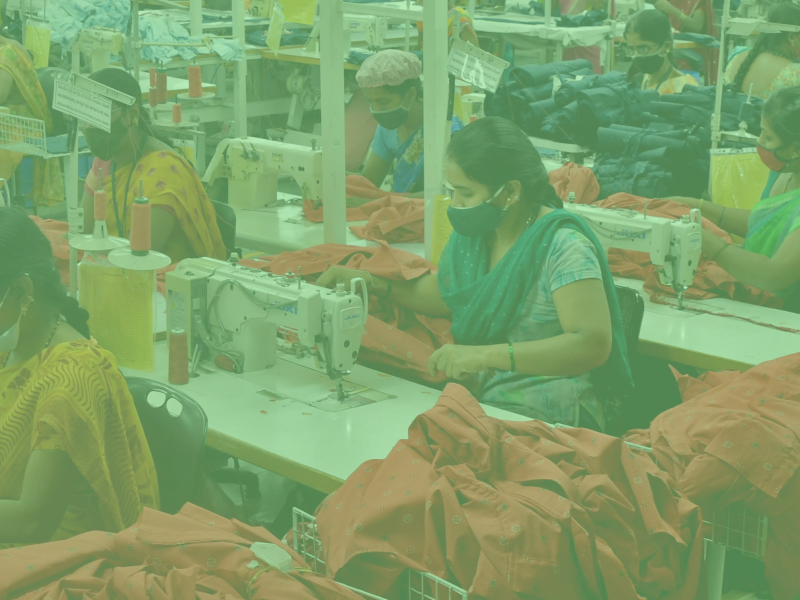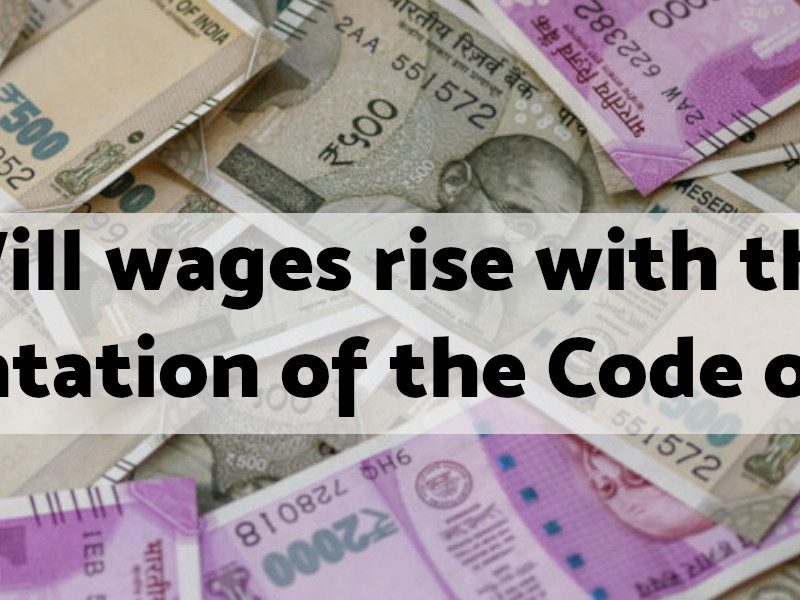As we go marching, marching, in the beauty of the day
A million darkened kitchens, a thousand mill lofts gray
Are touched with all the radiance that a sudden sun discloses
For the people hear us singing, bread and roses, bread and roses
As we come marching, marching, we battle too, for men
For they are women’s children and we mother them again
Our days shall not be sweated from birth until life closes
Hearts starve as well as bodies, give us bread, but give us roses
As we come marching, marching, un-numbered women dead
Go crying through our singing their ancient call for bread
Small art and love and beauty their trudging spirits knew
Yes, it is bread we fight for, but we fight for roses, too
As we go marching, marching, we bring the greater days
The rising of the women means the rising of the race
No more the drudge and idler, ten that toil where one reposes
But a sharing of life’s glories, bread and roses, bread and roses
Bread and Roses (1911)
Bread and Roses originated from a speech by Helen Todd which became a slogan of the women’s suffrage movement in the United States, a call not only for equality and basic rights, but also for the beauty and dignity that allows a person to flourish. This inspired the title of the 1911 poem Bread and Roses by James Oppenheim. While women in the US and almost across the world have eventually won the right to vote, equality and dignity for all is still a vision that we fight for. Most still hunger for bread and yearn for roses.
The first national Women’s Day was observed in the United States on 28 February in honour of the 1908 garment workers’ strike in New York, where women protested against deplorable working conditions in the factories. In 1910, in a meeting in Copenhagen the Socialist International decided to observe an International Women’s Day to honour the movement for women’s rights and to build support for achieving universal suffrage for women. International Women’s Day also became a day for protesting the World War I. As part of the peace movement, across Europe, on or around 8 March, women held rallies to protest the war.
 Women’s Day today is celebrated more visibly than ever before. Every women’s day we are now made to believe that all a woman wants is great deals!!! Great deals on everything that one can buy: from expensive cars, to diamonds, to clothes, to books, to shoes, to a meal at a fancy restaurant, to a manicure. All these deals use this day to promote the culture of conspicuous consumption by tempting women and men to spend on all these goods and services as women `deserve’ this. ‘Empowerment’ of women has got reduced to empowering them as consumers in exercising choices to spend. Thus there is a commercialisation of the day that was meant to celebrate the struggles of working women.
Women’s Day today is celebrated more visibly than ever before. Every women’s day we are now made to believe that all a woman wants is great deals!!! Great deals on everything that one can buy: from expensive cars, to diamonds, to clothes, to books, to shoes, to a meal at a fancy restaurant, to a manicure. All these deals use this day to promote the culture of conspicuous consumption by tempting women and men to spend on all these goods and services as women `deserve’ this. ‘Empowerment’ of women has got reduced to empowering them as consumers in exercising choices to spend. Thus there is a commercialisation of the day that was meant to celebrate the struggles of working women.
The critical issue that remains unanswered is how many women in our country and across the world can really afford to buy all these things? And to be real, not too many men can either.
Breaking the Glass Ceiling
The media and the corporations has made the struggle for women’s empowerment synonymous with the struggle of the few to break the glass ceiling. Children at school are taught to see women like Angela Merkel (Chancellor of Germany) or Marissa Meyer (ex-CEO, Yahoo) or Mary Barra (CEO, GM) or Chanda Kochhar (ex-CEO, ICICI) or Indra Nooyi (ex-CEO, Pepsico) or Kiran Bedi as role models. These have become stories of success that are circulated to create a make-believe world of women’s empowerment. But how many Angela Merkels and Indra Nooyis are there in the world of work and influence and more importantly how have they made the lives of other women any better are questions that we need to ask.
This kind of women’s empowerment recognises that there is gender wage gap, sexual harassment and other forms of discrimination at work, because even the women on the top of the ladder experience it. In 2014, when Mary Barra joined as the new CEO at GM, her base salary was $100,000 less than the outgoing CEO Dan Akerson! On the other hand, when Thomas McInerney took over from Marissa Mayer at Yahoo!, he was paid double her salary despite the fact that she had stunned the world by returning to work two weeks after giving birth to her son. However, the solutions that this kind of empowerment model proposes to these problems do not acknowledge the structural basis of these outcomes.
A prescription given for corporations to decrease the gender wage gap in a management magazine read like this:
- Increase Governmental Interface: This requires putting in place legislation by government to get companies to make their wage data public
- Mentoring programmes: Companies should provide mentoring programme where women will be mentored to move up the career ladder.
- Transparency: Ensure that all employees are aware of the wages earned by each other: this will self-correct the wage gap.
- Eliminate Negotiation: Negotiation is a ‘man’s game’ and women are bad at it and hence this practice must be eliminated.
- Promoting Female Entrepreneurship
Each of these solutions is rooted in the crucial understanding that transparency leads to shame and shame leads to self-correction of the problem – as if the existence of this wage gap is a careless mistake. The solutions fail to recognise that discrimination, where it exists, ensures that more profit can be made. The moment the wages are equalised, the profit share will fall and the enterprise will have to look for new ways to cut costs again. But amongst the above solutions the most interesting solution is the one that states that negotiation is a ‘man’s game’ and women are bad at it, hence it should be disposed off. This basically takes away even the possibility of a collective bargaining process for the women demanding equal pay that could tilt the balance of power at a workplace.
Thus the solutions not just overlook the structural causes behind the wage gap, they promote the neoliberal philosophy of the supremacy of the individual, constantly pushing a small section of women to believe that they are solely responsible for their own well-being and they must advance this system to be recognised and allowed to move up the ladder. For some this in itself becomes an everyday struggle at work where she has to constantly prove that she is as good as her male colleagues and deserves the same pay they receive. But all this is pegged to the market and thus every person in this system, men and women, are interested only in their own individual advance and no one is interested in social justice or in collective negotiation for collective gain.
What about the many?
This is the reality only for very few. For the many, the reality is quite different. There is no ladder to climb, there is no mentoring programmes to attend and there is no need for transparency of their poverty wages.
Capital has historically used women to adapt to economic fluctuations. When there is demand for workers, women are pulled in and when there is recession, they are the first to be pushed off. However at a different point of time, women are also brought in to replace men at work to depress wages and working conditions and again these women may get replaced by migrant men, willing to work more for less. The neoliberal global capital has moved within national borders, moved to new countries and developed production bases that are dominated by women to keep the cost of production low.
The only thing in a woman that is greatly ‘valued’ by a patriarchal capitalist society is her morality. This morality is used to control her, repress her, and keep her undervalued. The fear of a woman to be ostracised as a woman of loose morals defines her choices and decisions in life. She agrees to work for low wages, for longer hours, under oppressive conditions of work and even after being sexually harassed in the fear that she might get ostracised. Thus sexual harassment just like the gender wage gap is an institutionalised structural problem and needs to be addressed as part of a larger question of how profit is made in the production process.
In this discussion one cannot of course forget the huge amount of unpaid household work that women perform across the world. Discussion of socialising this work that formed a large part of discussions in the last century, today has got reduced to a demand for flexible work for women so that they have time to do this care work. The demand for flexible work time now comes from women without questioning why they should bear the burden of household chores and care work. Women across the board, from CEOs to teachers to software designers to domestic workers to home based beedi rollers, come out demanding flexible working hours so they can work once their children fall asleep or are in school or their ageing parents do not require active attention or when they have finished cooking and cleaning.
In an interview, Indra K Nooyi, CEO of PepsiCo, narrated what happened the day she was appointed so:
“I got home about 10, got into the garage, and my mother was waiting at the top of the stairs. And I said, “Mom, I’ve got great news for you.” She said, “Let the news wait. Can you go out and get some milk?” I looked in the garage and it looked like my husband was home. I said, “What time did he get home?” She said “8 o’clock.” I said, “Why didn’t you ask him to buy the milk?” “He’s tired.” … So like a dutiful daughter, I went out and got the milk and came back.”
Where do we go from here?
The conflict that many have been struggling with is should we address the question of gender discrimination first and then address other issues of inequalities and injustices, or should we address the larger issues of inequalities first, and that will automatically resolve the gender question. This has divided people and have pitched those conforming to the first against those conforming to the latter. This conflict has benefited no woman for sure. This conflict is not even real: issues of gender are intricately woven in how exploitation takes place – they cannot be separated – they can only be addressed together.
There is also a view that men do not understand issues of women. While it may be true, but it is also true for most women. Being a woman is not a sufficient condition to find the answer to this. This has to be a fight for uniting workers, men and women, to change the balance of power, to negotiate collectively for a better world for all where women are not pitched against men, migrants are not pitched against local workers, irregular workers are not pitched against regular workers. None of these struggles can be fought in isolation, none of these struggles can wait till the other is resolved, none of these struggles can be won if those of us who are privileged are willing to sacrifice to stand by those who are not. If we believe as male permanent workers in the high end manufacturing sector that these jobs will remain with us forever, Kirloskar Brothers’ have found the way forward: they opened their first all-women water pump plant at Coimbatore in 2011. It doubled its women workers in 2017 which led to a three times increase in production. The plant became a productivity champion. Enthused by the success at the Coimbatore plant, KBL now has 35% women workers in their Sanand plant as well. Britannia has also set up a plant in Assam with 70% women workers. This is no different from choosing Mary Barra to lead GM at half the wage as her predecessor. Each of these cases are instances of how cost is being squeezed: by replacing male workers by first generation rural women workers whose every productivity increase is being incentivised, moving to Assam gives a dual edge to Britannia – they now have access to the most marginalised workers and among them, their women. Thus this struggle is not a struggle against those who are replacing us in our jobs but against those who are taking the decision to do so. It is not the women who decided that the new plant of Kirloskar in Coimbatore should only have women. Neither did the women in Assam decide that Brittania should only hire them. It was Kirloskar and Britannia who made these decisions. They are pioneers laying out the new avenue for other firms to cut their costs. We need to come together against the likes of Britannias and the Kirloskars and not against the women who they employ.
But when it comes to women, this battle is not just about Bread but about Roses too…
It is about an end to gender violence at work and at home.
It is about reproductive justice for all so women have complete autonomy over their bodies.
It is about social provisioning for universal healthcare, education, and social security.
And it is also about sharing household chores and care work.



